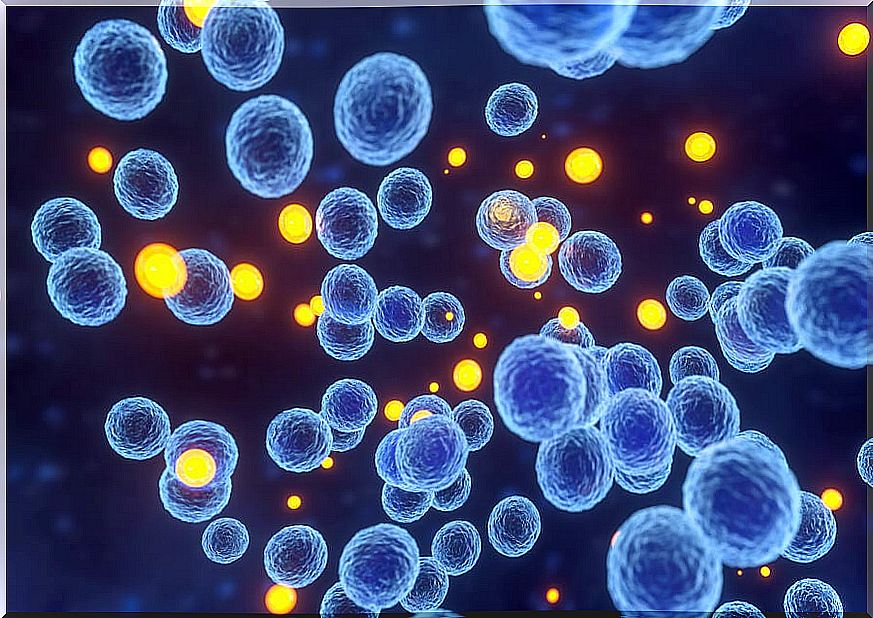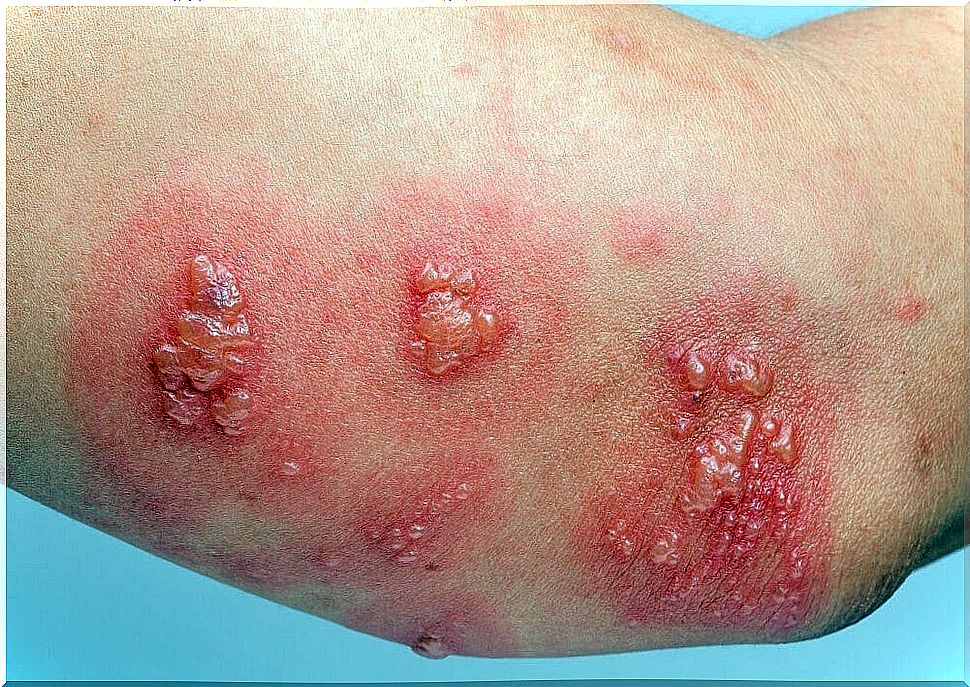Shingles
Shingles is a disease that mainly affects people over 50 years of age or those with weakened immune systems.

Shingles is an infection caused by the VZV virus or chickenpox- zoster. This disease mainly affects the nerves that are under the skin.
In addition, its main manifestation is inflammation and the appearance of rashes in the form of blisters. These are located throughout the entire nerve they affect, therefore, they can be easily perceived. Thus, the affected skin is irritated, with small vesicles that follow the path of the nerve.
This provision makes the disease popularly known by the name of “shingles.” Also, because the blisters produce pain that seems to burn the dermis, in some parts of the world it is known as “Fire of Saint Anthony”.
In most cases, this disease affects adults. However, some teens have episodes of shingles, but these are usually mild. Usually it is the elderly who this infection causes great difficulties.
Causes of the disease

The virus that causes shingles is the same as chickenpox. This virus is never eradicated from the body, but remains in the body in a latent state. When certain health conditions occur, the virus is reactivated in the nerve ganglia.
Not all people who have had chickenpox develop shingles . Typically, the virus is reactivated in those with temporary or permanent alterations of the immune system. These can occur due to age, another disease, or the administration of some medications such as corticosteroids, rheumatism medications and others.
The people most likely to develop this disease are adults over 50 years of age. Those individuals with a weakened immune system (HIV) will also be prone. Likewise, it has been observed that a study reveals that the herpes virus can cause Alzheimer’s that those who suffered chickenpox before the first year of life can also develop this herpes.
Shingles symptoms

Pain is one of the most obvious symptoms and can appear even before the blisters are visible. This is because the virus affects the nerves in the dermis.
In most cases, the blisters appear between 1 and 14 days after the first sensations. Also, the pain can be both mild and severe.
The first symptoms of shingles are the following:
- Itch.
- Tickling.
- Tingle.
- Focal pain.
In addition, during the initial phase of shingles, the following symptoms may also occur:
- Fever.
- Headache or general malaise.
- Gastrointestinal complaints.
However, without a doubt, its main symptom is vesicles. The rashes are small at first, but they can grow and join with others, forming large blisters.
Normally, its growth period is between 3 and 5 days. Then, after a while, scabs form that correspond to the final phase of the episode. If the virus reappears in the head area, it can even affect sight or hearing.
In addition, if it lodges in the mandibular nerve, it could cause lesions in the oral cavity, tongue and throat. Although on rare occasions it leads to loss of sense of taste.
Diagnosis and complications

The diagnosis of herpes zoster is made from the physical examination of the patient . In addition, their medical history and history should of course always be taken into account.
It may not be certain that it is a case of shingles. In this case, a tissue sample from the lesions is ordered to perform a laboratory examination that allows the case to be thoroughly evaluated. Likewise, the blood test is also a reliable method to establish the definitive diagnosis.
However, only when the nervous system is compromised is a lumbar puncture used to diagnose the disease. Additionally, in atypical cases, the “Tzanck test” is used, in which a culture of the fluid that makes up the blisters is made.
One of the most frequent and severe complications of the disease is “post-herpetic neuralgia”. This appears in up to 50% of patients and consists of a pain that many describe as burning, electric and unbearable.
In the most difficult cases, pain can completely incapacitate the individual. The worst thing is that it can last weeks, months, years and even for a lifetime.
Other complications are vision problems, when shingles occurs near the eye. The effects can sometimes be very serious. Additional skin infections, such as cellulitis or impetigo, can also develop. Finally, in some cases this type of herpes can give rise to meningitis.









